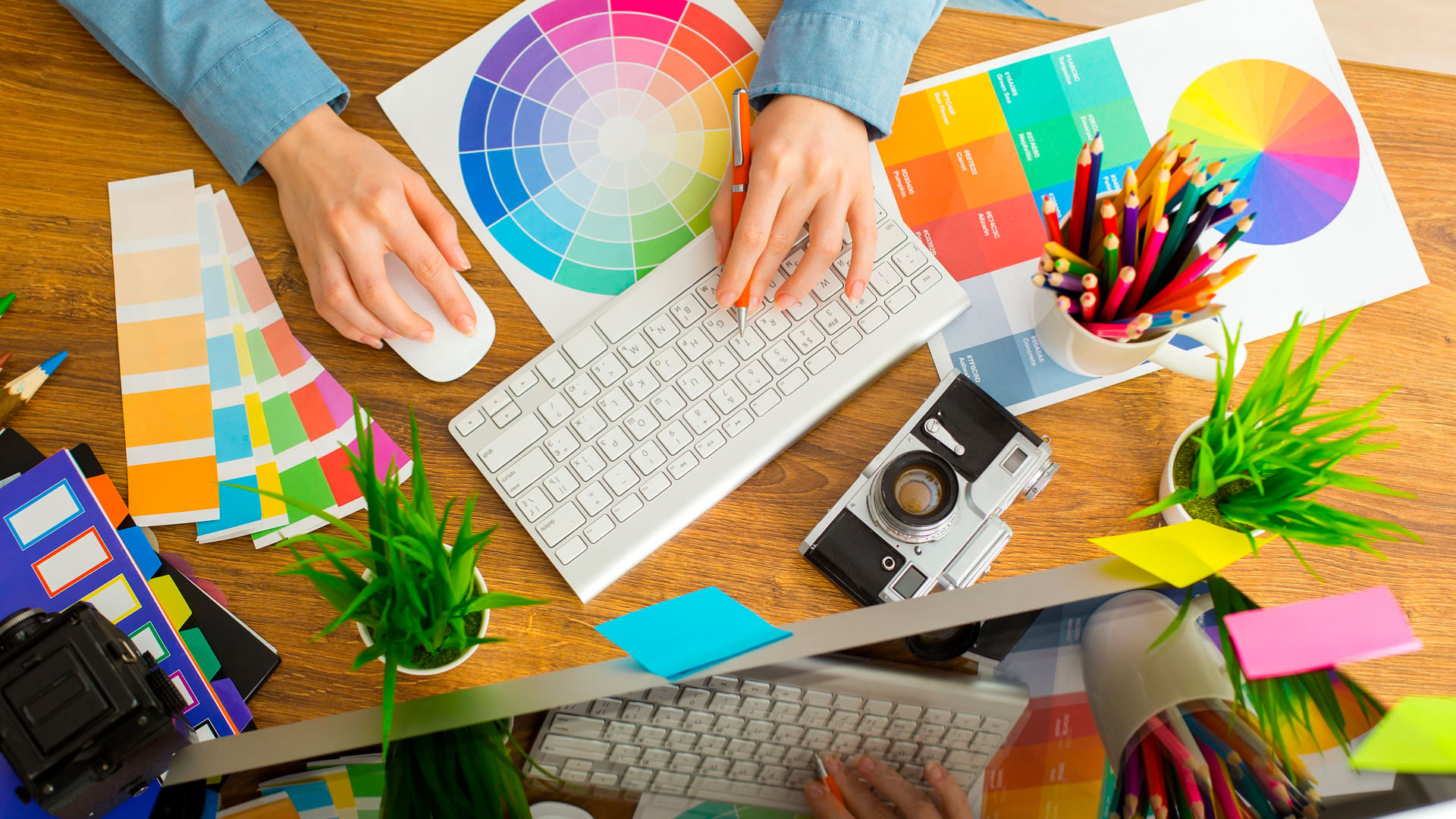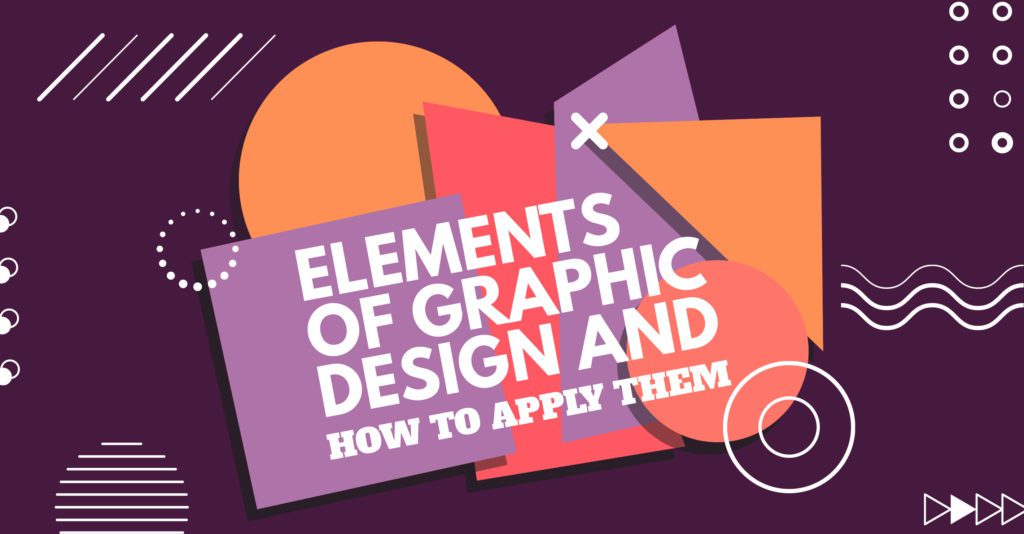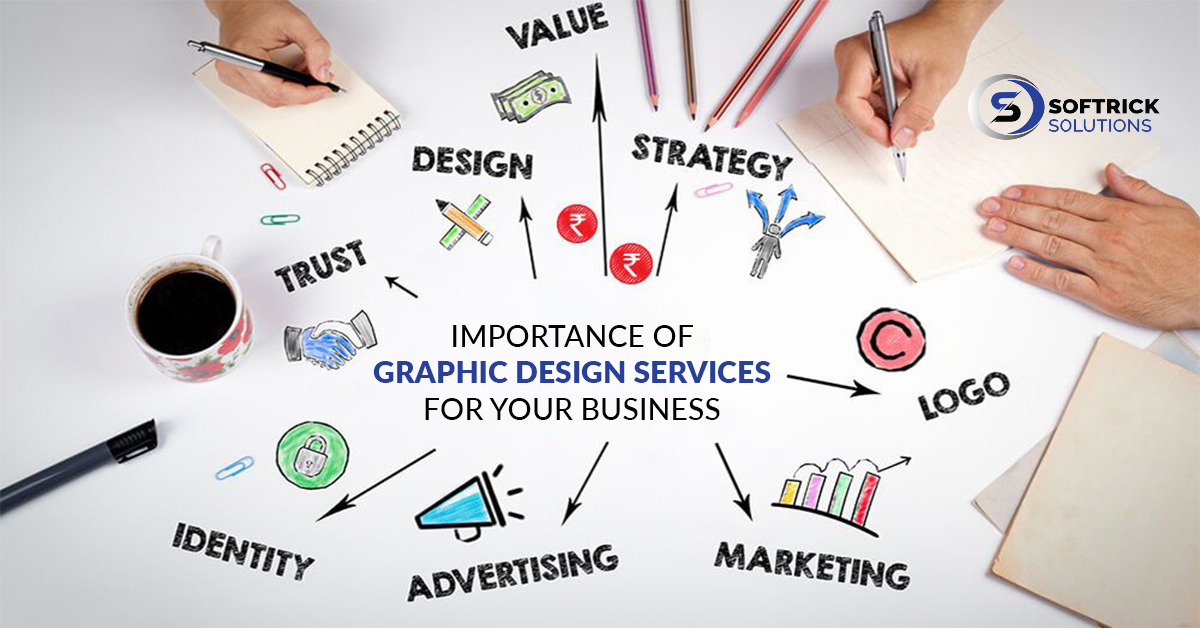Graphic design is an essential aspect of our daily lives, whether we realize it or not. From the logos on our favorite products to the billboards we see on the side of the road, graphic design surrounds us everywhere. It’s a form of visual communication that combines creativity and technology to convey a message or idea through images, typography, and colors.
At its core, graphic design is about problem-solving. It involves finding creative solutions to communicate complex information in a way that is visually appealing and easy to understand. The world of graphic designing encompasses a wide range of fields such as branding, advertising, web design, packaging design, and more. In this article, we’ll dive deeper into what graphic designing entails and explore how it has evolved over time.
“Defining Graphic Designing”

Graphic designing is the art and practice of creating visual content to communicate information, ideas, or messages. It involves combining images, colors, typography and other elements to create a cohesive design that appeals to the viewer’s eye. Graphic designers use various tools such as software programs like Adobe Photoshop, Illustrator and InDesign to bring their creative vision to life.
The scope of graphic designing is vast and includes designing logos, branding materials like business cards and brochures, websites, social media graphics and advertisements for print or digital platforms. A good graphic designer must have an eye for detail and be able to balance creativity with functionality while adhering to the client’s brief. They should also stay up-to-date on industry trends and technological advancements in order to produce high-quality designs that are impactful.
In summary, graphic designing plays a crucial role in shaping how we perceive information visually. It helps businesses establish brand identity through distinctive visual representations that capture their essence while enhancing user experience across various mediums. Whether it’s a logo or a website layout- graphic design can make all the difference between standing out from the crowd or blending in with it.
History of Graphic Design:
Graphic design is the art and practice of creating visual content to convey information to a specific audience. It involves combining text, images, and other visual elements to communicate messages effectively. The history of graphic design dates back to ancient civilizations when humans started communicating through symbols and pictures.
The modern era of graphic design began in the late 19th century with the emergence of commercial printing technology. During this time, designers used typography as their primary tool for communication. In the early 20th century, graphic design evolved into a more cohesive field with the introduction of art movements such as Art Nouveau and Bauhaus.
After World War II, graphic design saw significant advancements in technology that allowed designers to experiment with new materials and techniques. This led to an explosion in creativity and innovation within the field, resulting in some of today’s most iconic designs. Today’s digital age has further revolutionized graphic design by allowing designers to create complex visuals using software tools like Adobe Photoshop and Illustrator.
“From Cave Paintings to Modern Times”
Graphic designing has come a long way since the early days of cave paintings. These primitive drawings were created by our ancestors to communicate stories and ideas in a visual form. However, with the invention of paper and printing press, the art of graphic design began to evolve rapidly. The 19th century saw the rise of poster art, which was used extensively for advertising and propaganda purposes.
In modern times, graphic design has become an integral part of our daily lives. From logos and branding to website designs and social media posts, we are constantly surrounded by visually appealing content that has been crafted by skilled designers. With advancements in digital technology, designers now have access to powerful software tools that allow them to create complex designs with ease.
Today, businesses across industries rely on graphic designers to create compelling visuals that capture their brand’s identity and connect with their target audience. Graphic design is no longer just about aesthetics but also plays a crucial role in shaping consumer behavior and driving sales growth. As we move into the future, it’s clear that graphic design will continue to play an essential role in how we communicate and interact with each other both online and offline.
Elements of Graphic Design:

Graphic design is the art and practice of creating visual content to communicate information or ideas. It involves a combination of typography, photography, illustration, and other graphic elements that are arranged in a visually appealing and effective way. The purpose of graphic design is to grab the viewer’s attention and convey a message or idea through various mediums such as logos, advertisements, brochures, websites, and packaging.
The fundamental elements of graphic design include line, shape, color, texture, space, form, value and size. These elements are used to create visual compositions that communicate effectively with an audience. Lines can be used for emphasis or to lead the viewer’s eye through a composition while shapes can be used to create contrast or balance. Color can evoke emotions or set a mood while texture adds depth and dimensionality. Space is important for creating hierarchy within a composition while form gives objects three-dimensional qualities. Value helps define light sources within an image while size creates emphasis on certain elements.
Understanding these basic principles of graphic design allows designers to create visually compelling designs that effectively communicate their intended message or idea.
Applications of Graphic Design:
Graphic design is the art of creating visual content to communicate messages and ideas effectively. It involves a lot more than just arranging images and text on a page; it also includes choosing the right typography, colors, and layout to convey a particular message. Graphic design has numerous applications in today’s world, ranging from advertising and branding to user interface design for websites and apps.
One of the most widely recognized uses of graphic design is in advertising. Companies use graphics to create compelling advertisements that attract customers’ attention and persuade them to buy their products or services. Graphic designers play an essential role in this process by creating eye-catching visuals that stand out from other advertisements.
Another application of graphic design is in website design. Websites are becoming increasingly important as businesses rely more on online sales channels. A well-designed website will be visually appealing, easy to navigate, and informative, making it easier for visitors to find what they are looking for quickly. Good website designers understand how different elements such as typography, color schemes, images, videos can impact visitor engagement with the site’s content.
Skills Required for a Career in Graphic Design:

Graphic designing is a highly creative field with the use of visual arts, typography, and page layout techniques to create eye-catching designs. If you aspire to have a career in this field, there are certain skills that you must possess. Firstly, it is imperative that you have excellent communication skills to understand the needs of clients and convey your ideas effectively.
In addition to communication skills, creativity is also crucial in graphic design as individuals need to be able to generate fresh and innovative ideas for each new project. A good eye for detail is another essential skill in this profession as graphic designers need to pay attention even to the slightest elements such as spacing and alignment.
Proficiency with design software such as Adobe Creative Suite or CorelDraw will help you create designs efficiently. Having basic knowledge of coding languages like HTML and CSS will also come in handy when working on web projects. Lastly, being open-minded towards feedback from clients or colleagues can ultimately improve your work and help you grow professionally.
Importance of Good Graphic Design:

Graphic design is the art of creating visual content that communicates a message to an intended audience. It can be used for various purposes, such as promoting products or services, enhancing branding efforts or simply conveying information. A good graphic design is essential in today’s fast-paced world where people are constantly bombarded with messages. An effective design can capture the viewer’s attention and communicate a message quickly and easily.
The importance of good graphic design cannot be overstated, especially in the digital age where there is so much competition for attention online. A well-designed website or social media post can attract more visitors and followers, leading to increased engagement and sales. Additionally, a consistent and cohesive visual identity across all marketing materials can strengthen brand recognition and customer loyalty.
In conclusion, investing in good graphic design is crucial for any business looking to stand out in today’s crowded marketplace. It not only helps companies grab their target audience’s attention but also builds trustworthiness with customers by showcasing the quality they provide through every aspect of their branding efforts – both on- and offline.
Conclusion:
In conclusion, graphic design is a powerful tool for businesses and individuals to effectively communicate their message through visual elements. Whether it’s designing a logo, creating a website layout or developing an advertising campaign, the skills of graphic designers can make all the difference in capturing the attention of potential customers and audiences. With the ever-evolving technology and growing demand for creative design, the field of graphic design has become increasingly important in shaping our modern world. For those with a passion for creativity and innovation, pursuing a career in graphic design could lead to exciting opportunities and endless possibilities. So why not explore this dynamic field today with us?
Also read: The Ultimate Guide To Boosting SEO Ranking
